The sacred datura, known by its Sanskrit name Dhatura, has long occupied a paradoxical space in human history. Revered as a sacrament in Tantric rituals and Ayurvedic medicine for millennia, this nightshade family plant contains a dark duality that modern science is only beginning to unravel. Recent genomic studies reveal how a series of genetic mutations transformed this Buddhist ceremonial plant into one of Asia's most notorious natural poisons.
In the hallowed texts of the Guhyasamaja Tantra, datura appears as an offering to wrathful deities, its trumpet-shaped flowers symbolizing the piercing of illusion. Tibetan monks historically used carefully measured doses to induce visionary states during moonlit meditations. The plant's Sanskrit epithet "Shiva's herb" reflects its divine associations, with even the Buddha said to have contemplated under its shade. Yet this spiritual legacy masks a terrifying biochemical reality - a single seedpod contains enough tropane alkaloids to kill three adults.
The genetic divergence appears to have begun approximately 800,000 years ago, when ancestral datura populations became geographically isolated. Researchers at Kyoto University's Ethnobotany Lab identified a critical mutation in the H6H gene (hyoscyamine 6β-hydroxylase), which normally converts moderately toxic hyoscyamine into medicinal scopolamine. In certain Himalayan varieties, this enzyme became hyperactive, creating scopolamine concentrations up to 400% higher than ancestral strains.
This biochemical arms race intensified through epigenetic factors. When Nepalese shamans began cultivating datura near copper-rich soils, metal ions acted as cofactors for alkaloid production. The plant's defensive compounds - originally evolved to deter herbivores - became increasingly lethal to humans. By the Tang Dynasty, Chinese medical texts warned that "yellow datura from western mountains brings sleep from which none awaken".
Modern forensic analysis of historical poisoning cases reveals disturbing patterns. The 12th century Nalanda Monastery incident, where eighteen monks perished after consuming ritual preparations, shows telltale signs of scopolamine toxicity. Victims exhibited the characteristic "angel's trumpet syndrome" - complete amnesia preceding fatal respiratory paralysis. Contemporary toxicologists note that Himalayan datura varieties produce an unusually high ratio of L-scopolamine, the more potent enantiomer that crosses the blood-brain barrier with terrifying efficiency.
The plant's dark reputation crystallized during British colonial rule in India. Criminal gangs known as Thuggee cults perfected datura-based poisoning techniques, using the crushed seeds in ritual murders documented in the Madras Medical Gazette of 1840. Victims would willingly follow their killers, a phenomenon now understood as chemically induced suggestibility. This historical misuse led to datura's inclusion in the 1925 Geneva Protocol as a chemical weapon precursor.
Yet the sacred plant's legacy persists. In controlled clinical settings, precisely dosed scopolamine shows promise for treating severe motion sickness and Parkinson's disease tremors. Geneticists propose using CRISPR technology to "rewind" the H6H mutation, potentially restoring datura to its original medicinal potency. As Himalayan glaciers retreat due to climate change, researchers race to document remaining wild strains before their unique genetic profiles vanish forever.
The datura's story serves as a potent allegory for humanity's relationship with psychoactive plants. What begins as sacred communion can twist into deadly intoxication through biochemical chance and human intervention. Its trumpet-shaped flowers continue to bloom at monastery courtyards and abandoned battlefields alike - a living testament to nature's capacity for both transcendence and terror encoded within the same genome.
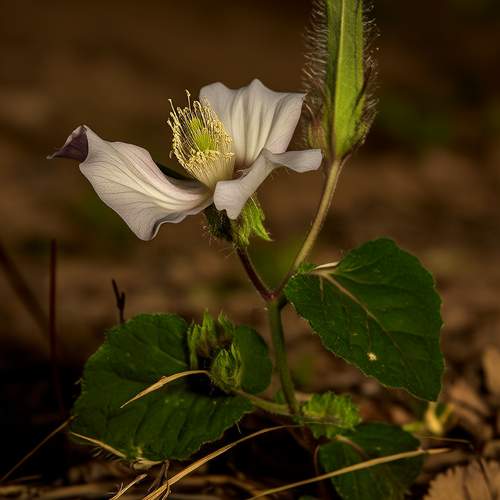
By /May 21, 2025

By /May 21, 2025
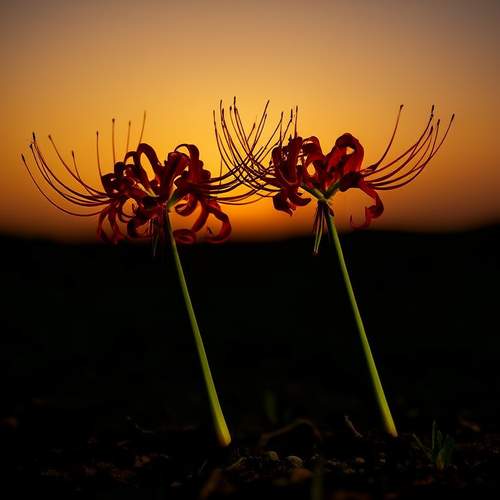
By /May 21, 2025
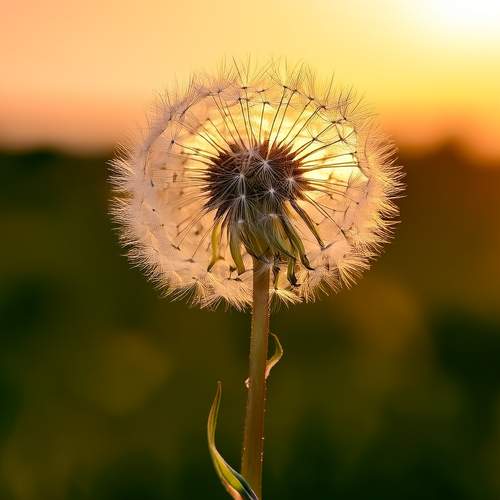
By /May 21, 2025
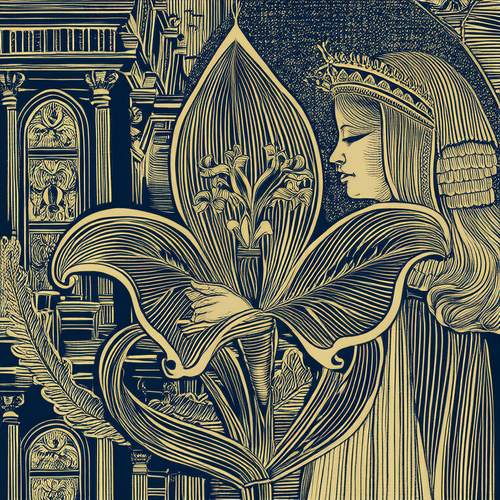
By /May 21, 2025
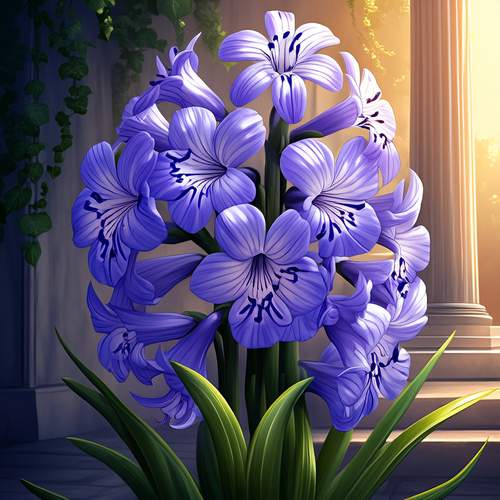
By /May 21, 2025

By /May 21, 2025

By /May 21, 2025

By /May 21, 2025

By /May 21, 2025

By /May 21, 2025
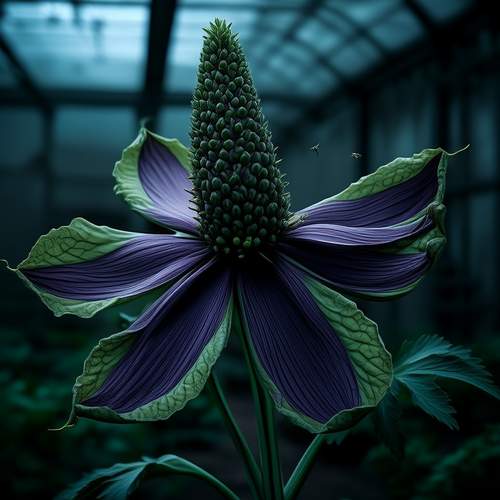
By /May 21, 2025
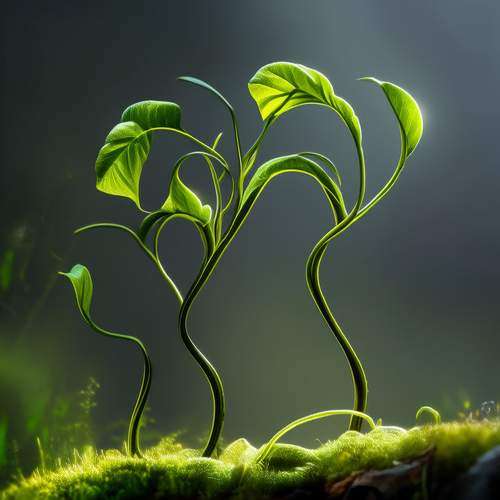
By /May 21, 2025

By /May 21, 2025
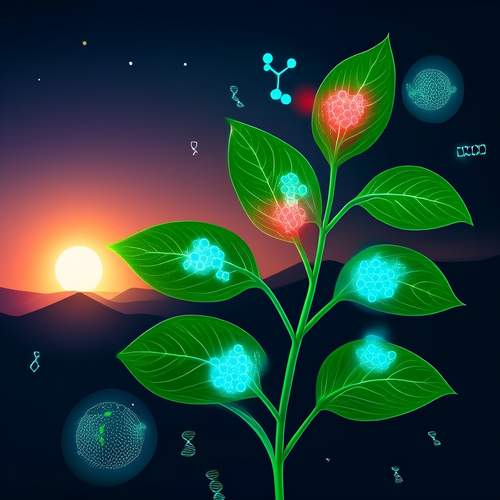
By /May 21, 2025
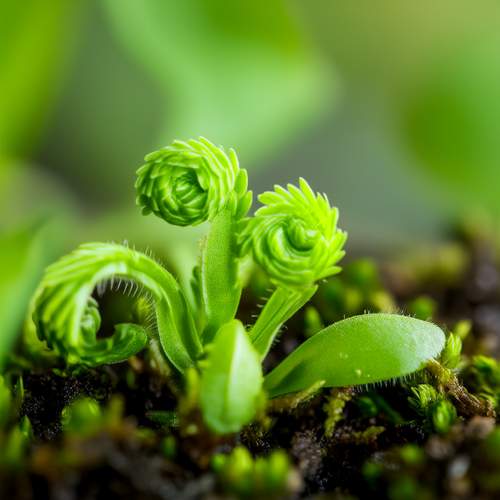
By /May 21, 2025
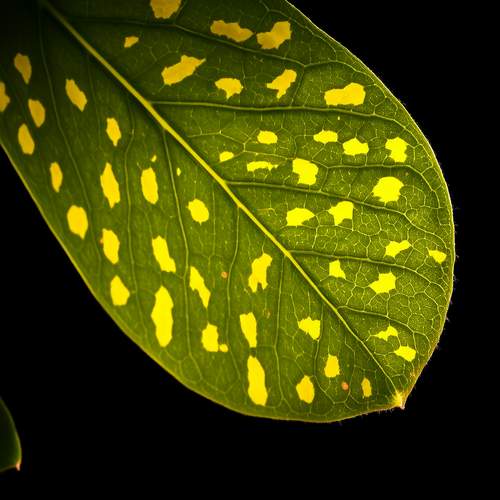
By /May 21, 2025

By /May 21, 2025
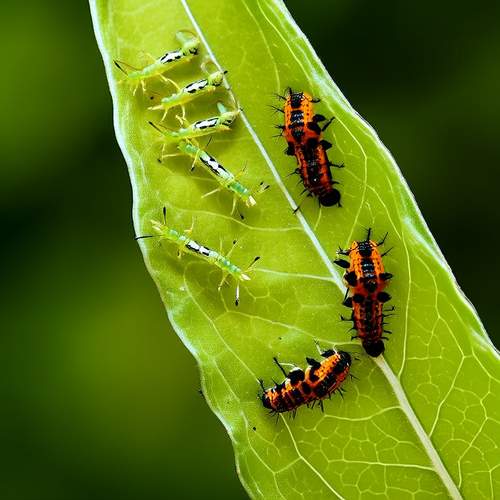
By /May 21, 2025
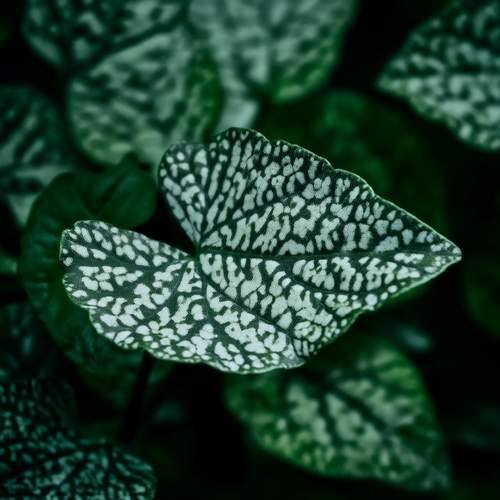
By /May 21, 2025